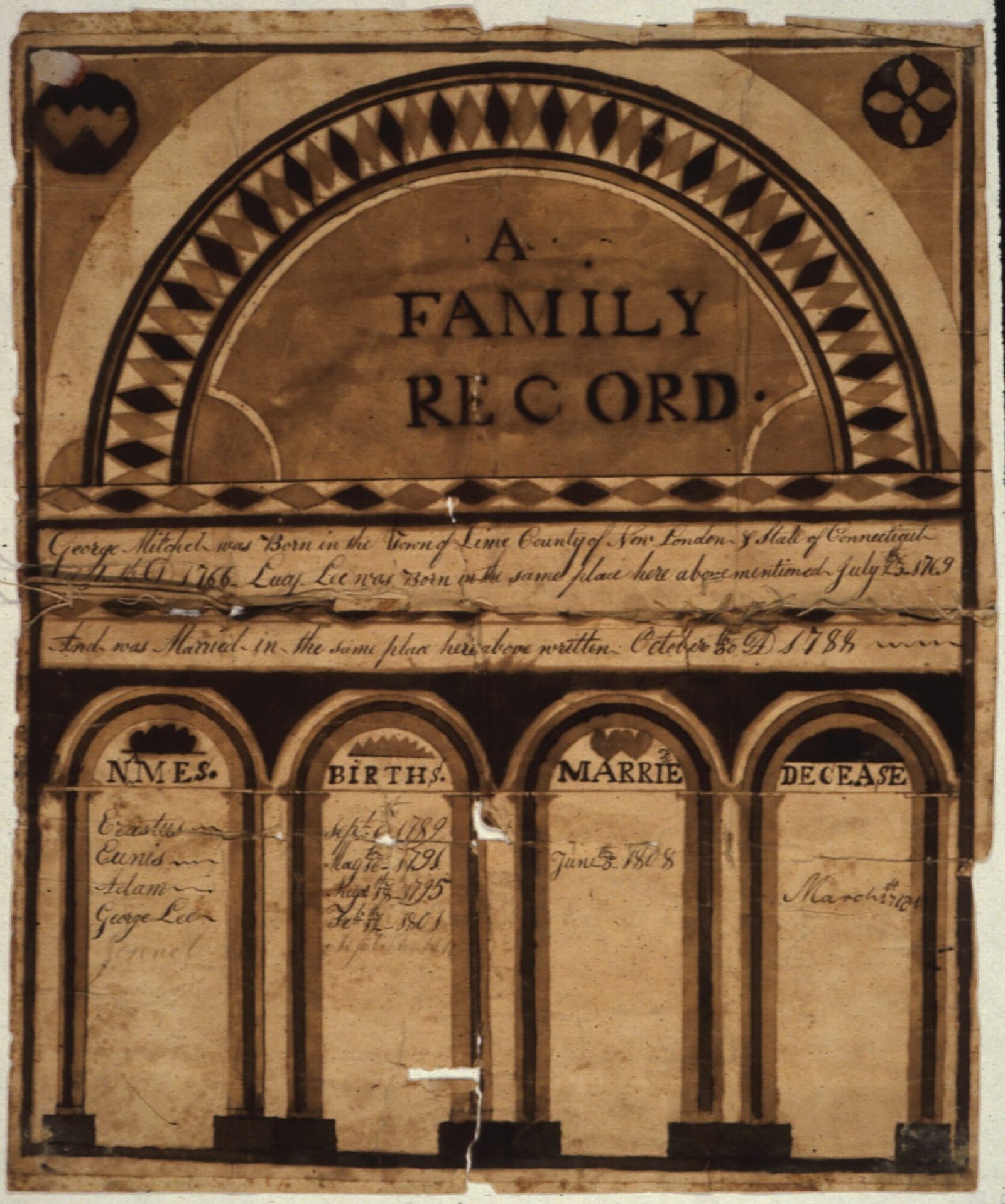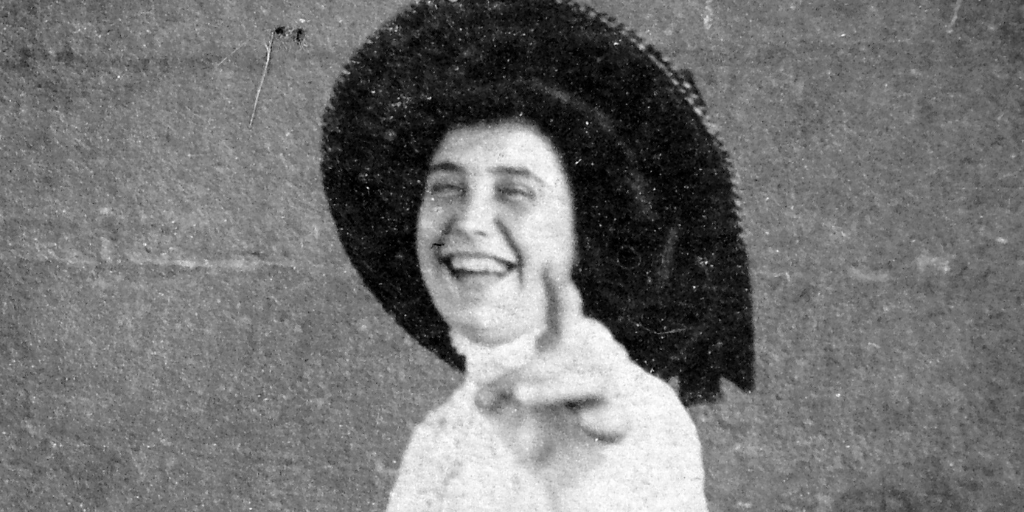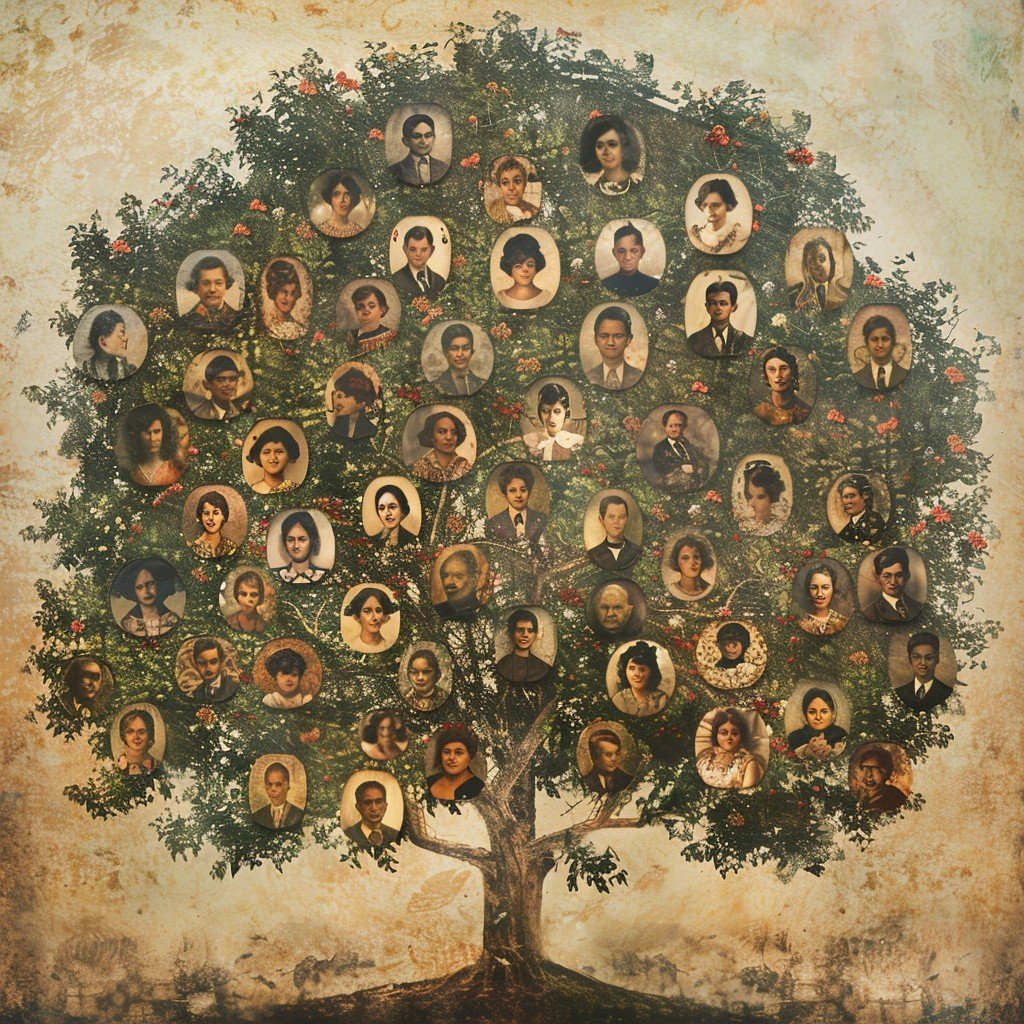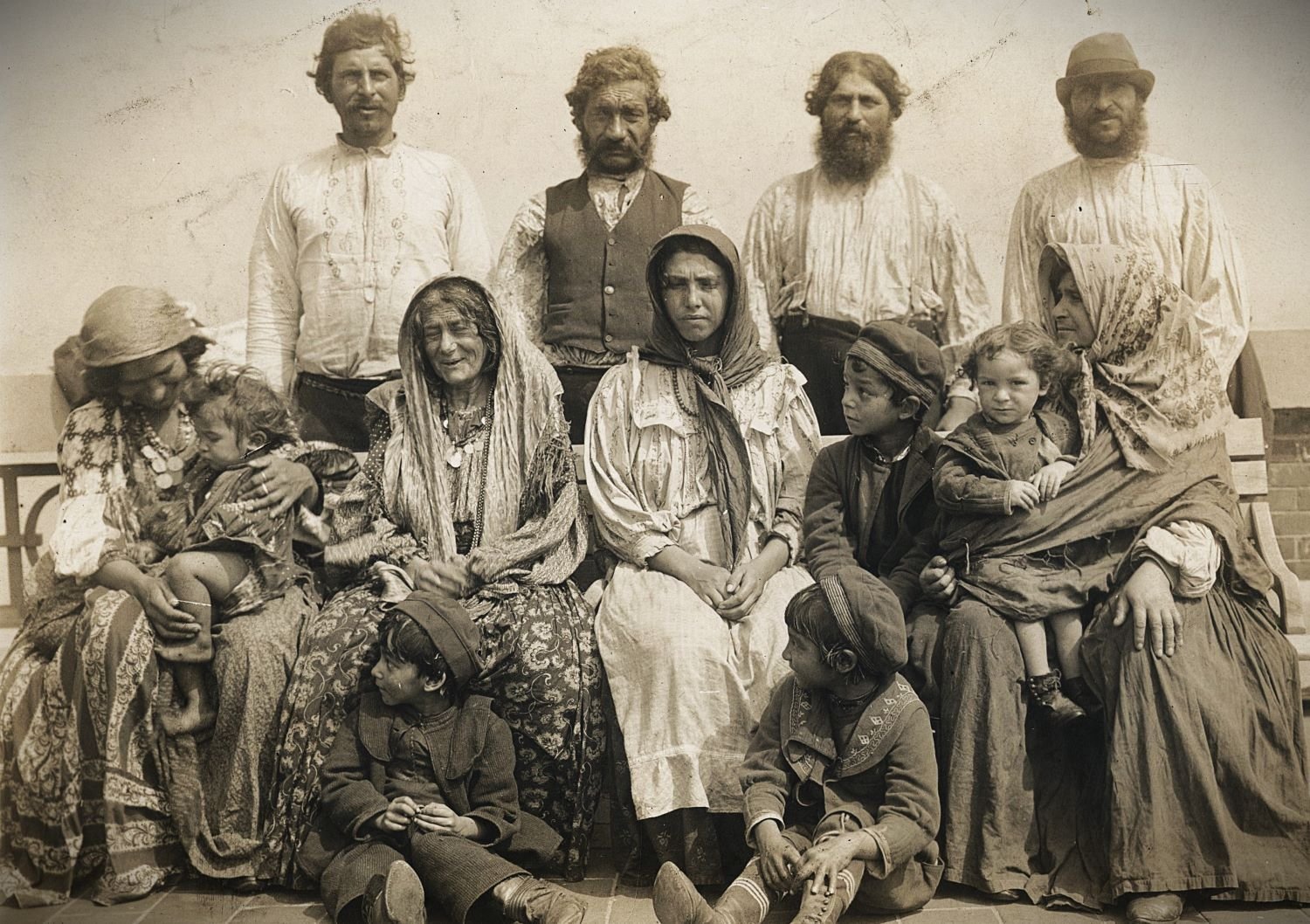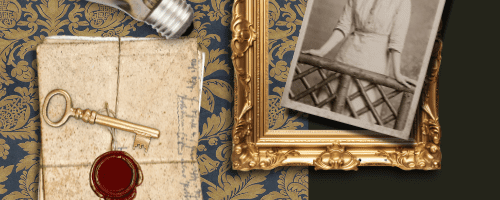Why This Matters: To Know Where to Look, You Need to Know What Existed
If you’ve ever found yourself cursing the void because your great-great-grandmother seems to have left no trace, chances are you’re looking in the wrong era with the wrong tools. Family records have always existed, but how they were kept (and by whom) changed drastically over time. Understanding this history isn’t just academic. It tells you where to dig. It explains why the trail goes cold. It even helps you spot those moments when the paper trail is lying to you. (Yes, even your ancestors were messy.)
When Family History Lived in People’s Mouths, Not on Paper
Pacific Islands: Chants as Chronicles
In the vast expanse of the Pacific Ocean, oral traditions have been paramount. In places like Tonga, genealogical chants known as “lakalaka” serve as both dance and documentation, preserving the lineage and history of families. Similarly, in Hawaiʻi, the “Kumulipo” is a sacred chant that traces the genealogy of Hawaiian royalty back to the creation of the world.
Indonesia: The Toraja and Bugis Traditions
In Indonesia’s South Sulawesi region, the Toraja people honor their ancestors through the Ma’nene’ ritual, where they exhume and care for the mummified bodies of their forebears, reinforcing familial bonds. The Bugis, another ethnic group from the same region, have rich oral traditions that include recitations of ancestral stories, preserving their history through generations.
West Africa: The Griots’ Legacy
In West Africa, griots are revered as living repositories of history. These storytellers, musicians, and historians memorize and recite extensive genealogies, ensuring that the lineage and tales of families are never forgotten.
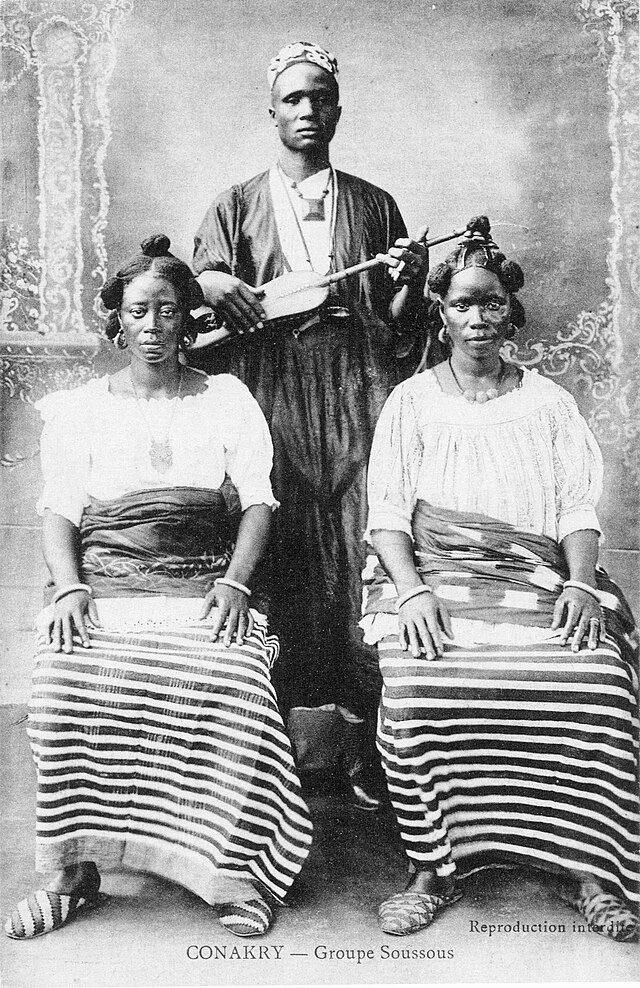
Australia: Songlines of the Dreamtime
Aboriginal Australians have navigated their vast lands using “songlines”, also called dreaming tracks which are musical maps that trace the journeys of ancestral beings. These songs encode information about the landscape, resources, and familial connections, serving as both navigation tools and genealogical records.
Ireland: The Seanchaí’s Tales
In ancient Ireland, the seanchaí were custodians of history and genealogy. These storytellers memorized and recited the lineages of families, preserving the social structure and heritage of Irish clans through oral narratives.
From Scrolls to Seals: When Lineage Became Legal
Fast forward to medieval Europe and suddenly family history wasn’t just for storytelling. It was for power. Who you were related to determined what land you got, whom you could marry, and whether or not the king had to listen to your complaints.
That’s when the quill came out. Nobles and landowners began documenting family connections not because they were sentimental, but because inheritance disputes were brutal. Enter: coats of arms, manorial records, and documents written in the kind of Latin that makes modern eyes water.
Churches, sensing a golden opportunity (as they often do), stepped in as the unofficial keepers of family data. Baptisms, marriages, burials – all written carefully into parish registers, which are still some of the most reliable records we have today. Even if your ancestors weren’t noble, they probably got baptized by someone keeping notes in an oversized book. Good news for you, bad news if you’re terrified of deciphering 17th-century priest handwriting.
The Bible as Ancestral Filing Cabinet
By the 1600s and beyond, everyday people – literate or not – were starting to see the value of recording their own family milestones. Enter the family bible. In Protestant countries especially, bibles were often printed with blank pages intentionally included for recording births, deaths, and marriages.
These records were usually passed down through generations, making them deeply personal archives. You’ll often find entries squeezed into margins, old locks of hair pressed between pages, or even mini family trees drawn in the back. If you’re lucky enough to find one in your family, you’re basically holding an heirloom time capsule.
And let’s be honest – a scrawled note that says “Martha born after terrible storm, 1792” hits different than a dry birth certificate.
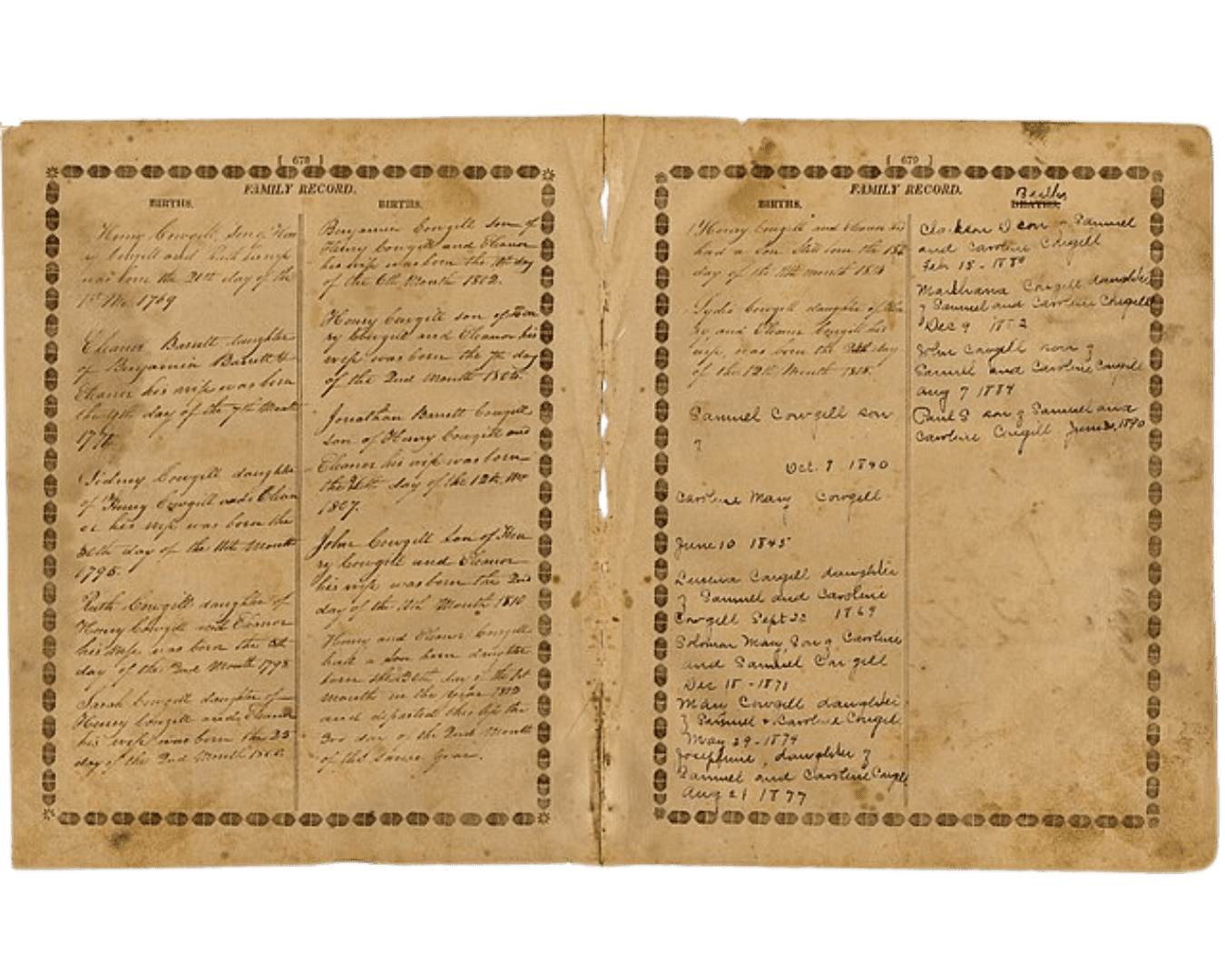
The Paper Explosion of the 1800s
Now we’re cooking. The 19th century arrived with industrialization, mass literacy, and governments that finally decided maybe we should start writing things down properly.
Civil registration laws were introduced. Suddenly, everyone had a paper trail: birth certificates, marriage licenses, death registers. Censuses became regular events. Immigration offices recorded who came in, where they were going, and sometimes even how tall they were and what weird scar they had on their chin.
And then came the letters. The diaries. The military enlistment papers. It was the golden age of paper, and families became authors of their own stories, even when they didn’t know it.
Our Digital Obsession Has Very Old Roots
Now we’ve got ancestry platforms, DNA kits, and cloud-based trees we can build while wearing sweatpants. We’re swimming in data. And yet – we’re doing the same thing our ancestors were doing with ink and memory: we’re trying to make sense of where we came from.
Sure, we’ve traded in ink pots for iPads, but the drive is exactly the same. Humans are wired for lineage. We’ve always wanted to understand the ties that bind. And we’ve always been a little vain about it, too.
The key to modern research? Use what they left us. But understand why they left it. That tells you where to look – and more importantly, what might be missing.
Bonus Tip: Read Between the (Handwritten) Lines
Here’s the thing no one tells beginners: not all records are created equal. Some were scribbled down by tired priests at midnight. Some were edited by family members years later to make themselves look better. Some entries were crossed out. Some weren’t even true.
Learn to read context. Is the paper fragile wartime ration-stock? Did someone change their handwriting halfway through the entry? Was that “illegitimate” note added decades later in red pen by a judgmental aunt?
The format itself can whisper secrets. You just have to listen.
Further Resources for the Curious
- FamilySearch Wiki – Free guides for every region on Earth, bless them
- The National Archives – Where the weirdest, most specific documents go to be forgotten until you find them
- Local historical societies – You’d be amazed what a grumpy old archivist with a file cabinet can offer
- Geni.com – Not a database, but a living, shared family tree where your ancestors might already be waiting for you to notice them

